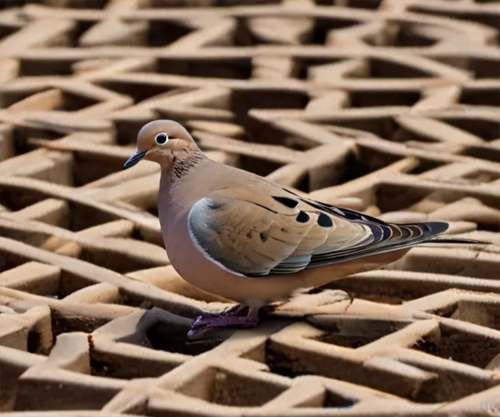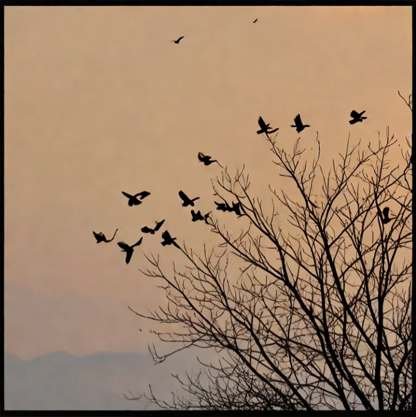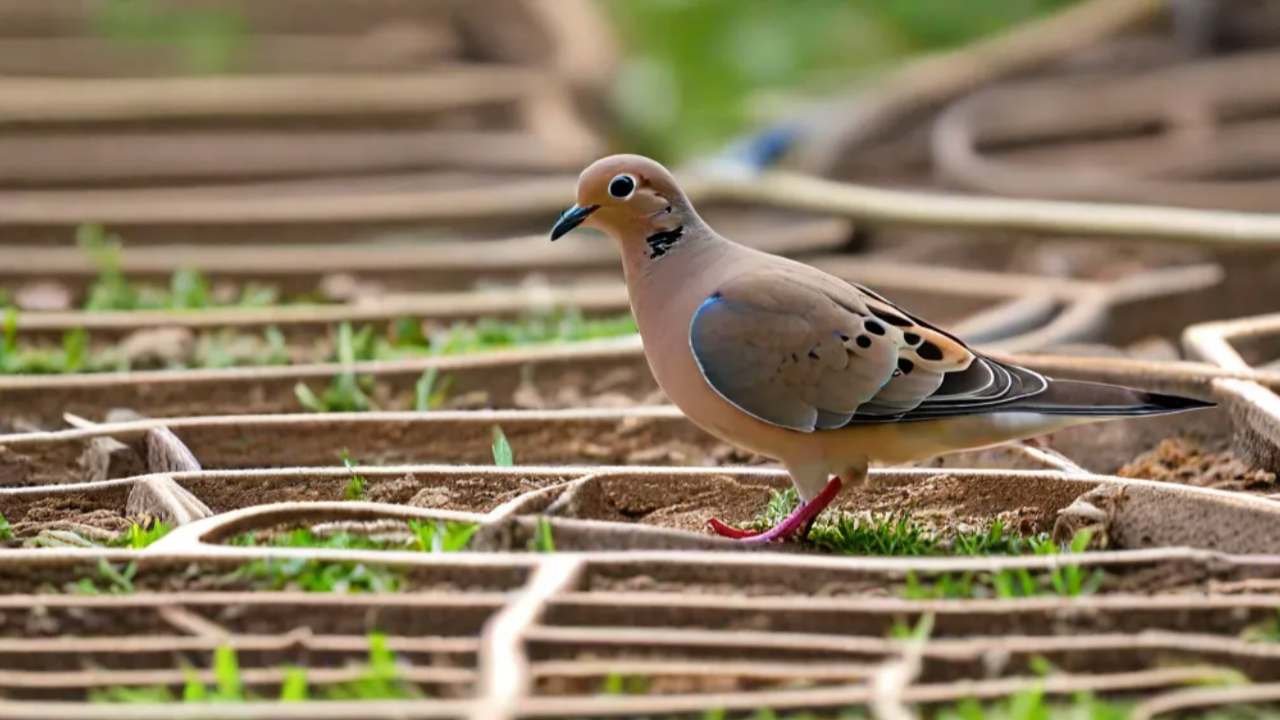Mourning doves, with their soft cooing and gentle demeanor, are often seen as simple creatures. However, a closer look reveals that these birds possess a surprising level of intelligence. In this article, we will delve into the cognitive abilities of mourning doves, exploring their problem-solving skills, navigation abilities, and social behavior.

Mourning Doves: Smarter Than They Seem
Thinking of mourning doves as soft and shy is common. Yet, they’re quite smart. Let’s go over a couple of instances:
- Navigational Experts: These birds are experts at long-distance navigation. They rely on the sun and stars, and can also remember special landmarks.
- Problem Solvers: They are innovative and have been seen using implements, such as sticks, to get hard-to-reach food.
- Communicative Creatures: Beyond their well-known cooing, they make different noises to speak to each other. This assists with safety and mate-finding.
- Adaptable Survivors: They can survive in diverse places, from forests to cities. They’re skilled at adapting to new home areas.
- Social Birds: It’s not fully clear, but it’s probable they can tell each other apart and collaborate.
- Unexpectedly Bold: Oddly enough, though they appear timid, these birds can display courage, especially when their food or territory is in danger.
Despite not being well-recognized, these birds, without a doubt, have the necessary intel to flourish and prosper.
A Closer Look at Mourning Doves’ Problem-Solving Skills
They are quite clever, as showcased in numerous studies. Consider this: These birds can solve mazes to find food, according to scientists. Not only do they adjust their actions based on what’s happening around them, but they can also locate other food types if their favorite is not available.
The Maze Experiment
An experiment conducted on mourning doves captivated many. The study involved a maze and a prize in the form of food at the end. They had to find their way to it. Interestingly, the doves got the hang of it fast. They found the right path and always got to the food. It showed how they could make mental maps and sort out tricky space problems.
Adapting to Changing Environments
They have also shown flexibility in their foraging behavior. When their preferred food source, such as seeds, becomes scarce, they are able to switch to alternative food items, such as fruits or insects. This adaptability is a sign of intelligence, as it allows them to survive in varying environmental conditions.
Impressive Navigation Abilities
Doves with the title “mourning” tap into their flying skills quite notably. Their journeys span miles and often continents to find right spots for nesting and weathering the cold months. Such accuracy in finding directions shows a smart brain behind it.

Navigation Techniques Used by them
| Technique | Description |
|---|---|
| Visual cues | Identifying landmarks and using the sun and stars for direction |
| Magnetic fields | Sensing the Earth’s magnetic field for navigation |
| Celestial navigation | Using the position of celestial bodies for orientation |
How They Navigate
These birds navigate using multiple ways – they spot landmarks, utilize magnetic fields, and leverage skyward sightings. They’re smart at remembering visual markers and rely on the sun’s position or starlight to spot their path. Plus, some studies hint they may tap into the Earth’s magnetic field. So, even on cloud-filled days, they can find their way.
The Role of Memory
Doves, particularly the mourning kind, hold memories close to their hearts. They know where to find their offspring and where to hunker down when winter rolls around. They can even remember the very path they need to take. These birds carry these memories for a long time, truly showcasing their impressive thinking skills.
The Social Side of Zenaida Macroura
They may seem like loners, but are actually quite social. They hang out in casual groups and might team up for things like territory defense or food sharing. This indicates that mourning doves are pretty smart and clued in to their social surroundings.
| Behavior | Description |
|---|---|
| Flock formation | Grouping together in loose flocks |
| Cooperative activities | Engaging in activities such as territory defense and food sharing |
| Communication | Using vocalizations to interact with each other |
Communication and Cooperation
They communicate to each other in their own way. They use sounds like coos, whistles, and chirps that we might hear. Why? For reasons like drawing in a partner, alerting to trouble, or just catching up. This intricate talk system points to mourning doves being smart in understanding language and being social.
Territory Defense
These birds claim certain areas as their own, guarding places where they nest and eat. They ward off uninvited guests with a mix of bold movements, like unfurling their wings and making their feathers look larger, alongside sounds. It’s a telling sign of their skills in evaluating danger and reacting right.
Conclusion: They Are Smarter Than We Think
So, you may think they look usual, just a simple bird, right? Well, they’re amazing too! Their brain power lets them solve puzzles, they remember places, and they know how to get on with others. They’re good at dealing with new places and can fly a long way. Plus, they’re great at bird-talk! They may not show off like some birds, but trust me, mourning doves are smart fellows!
Have you noticed something unique in the way mourning doves act? Let us know your thoughts and observations in the comments.

